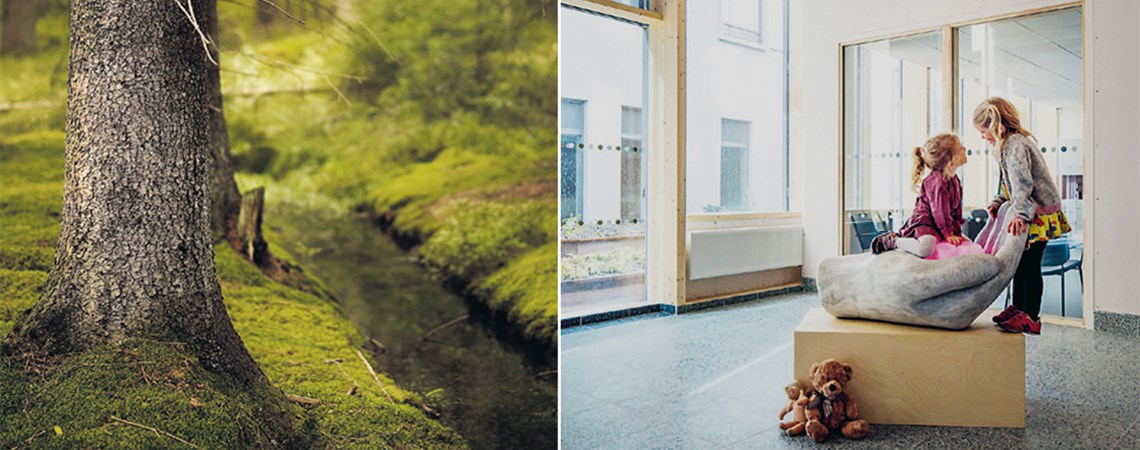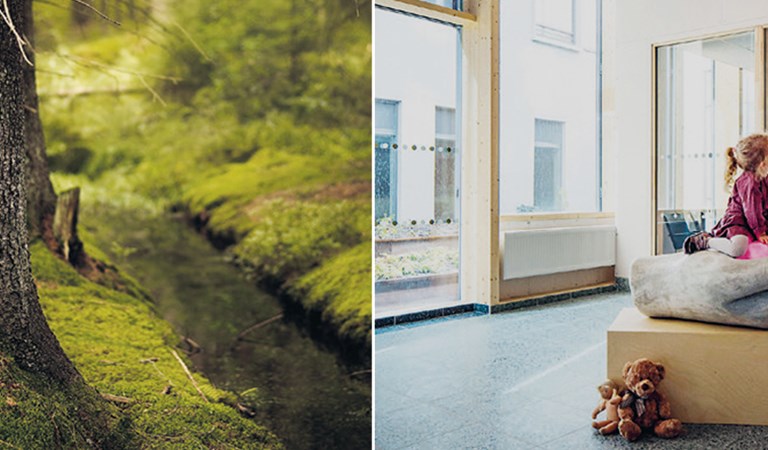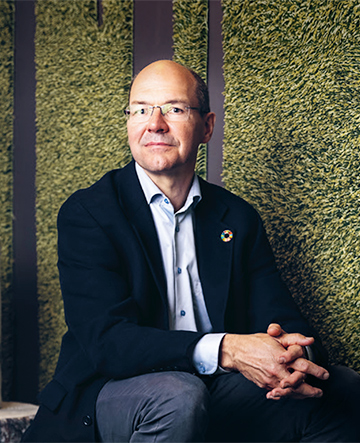Tomas Nord grew up in the great outdoors and was active in the Scouts. He is a qualified forester, and although his current role as a researcher in strategy and business development focuses on marketing issues, the forest is close to his heart.
“I became interested in the forest at an early age and one day I realised that there was an opportunity to work in this field. Going from playing in the forest to working with the forest has been a wonderful experience for me.”
It is well known that spending time in nature makes us feel good. It has positive effects on our physical and mental well-being, and it has been shown, for example, that stress levels are reduced when we spend time in the forest on a regular basis.
This led Tomas Nord and his colleagues to wonder whether the same effect could be achieved by spending time in indoor environments and buildings made of wood.
“Is it possible to get the same feeling from wood as you get from the forest?”
“We have an inherited connection to the forest as a safe environment that we recognise. Is it possible to get the same feeling from interior wood? In the autumn, we’re starting a research project where we hope to find out more.”
There are already indications that this may well be the case.
Studies have compared the amount of wood in a room with stress levels by exposing people to stress, in this case difficult mathematical challenges, and either putting them in a room with bare walls or in a room with wooden walls. Those who were in the wood-lined room saw their stress level decrease faster.
Another study from a hospital in Norway has given indications that wood in the room has an effect on patients’ recovery.
“We therefore want to conduct a similar study under Swedish conditions. We will put up custom wooden cladding in patient rooms and look at how wood affects the indoor environment and the stress and pain levels of patients. The hypothesis is, of course, that wood in the room will have a positive impact on patient well-being.”





